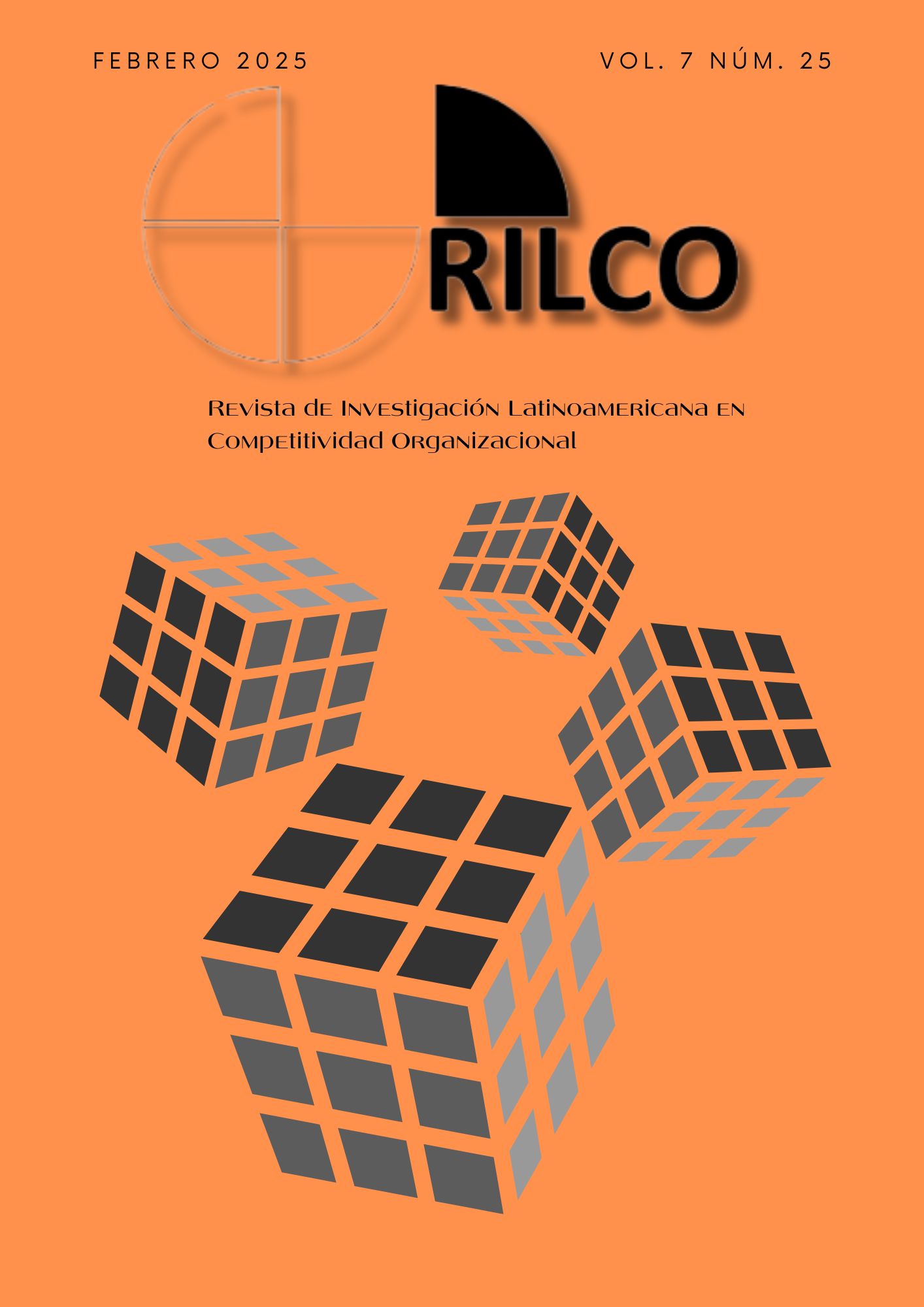Causal factors of school dropout in higher education students
DOI:
https://doi.org/10.51896/rilco.v7i25.785Keywords:
school dropout and higher levelAbstract
High school dropout is a complex and multi-causal phenomenon, with serious consequences for both individuals and society as a whole. The objective of the research was to analyze the teaching factors with school dropout in higher education students. The Methodology developed was an analytical, retrospective and cross-sectional study type. 1,119 students enrolled in a resident university in the State of Mexico were selected, categorized into three lines: Health Sciences (nutrition, nursing and psychology), Exact Sciences (accounting, marketing, international business, digital design, architecture, systems and industrial engineering) and Social Sciences (law, political sciences, education, educational sciences, gastronomy and tourism). To analyze the distribution of teaching and school dropout factors, frequencies and percentages were used. Regarding the results, it is observed that 46.5% of the teachers surveyed have a master's degree, while only 10.5% have a doctorate. Regarding teaching experience from 1 to 5 years, as those with more than 10 years, they present the same distribution (38.4%), while those from 6 to 10 years are at 23.2%.
References
Amaya, A., Huerta, F. y Flores, C. (2020). Big Data, una estrategia para evitar la deserción escolar en las IES. Revista Iberoamericana de Educación Superior, 11(31), 166-178. https://doi.org/10.22201/iisue.20072872e.2020.31.712
Archambault, I., Janosz, M., & Chouinard, R. (2009). Teacher Beliefs, Student Engagement, and Dropout Risk. Journal of Educational Psychology, 101(2), 325-339.
Borman, G. D., & Dowling, N. M. (2008). Teacher Attrition and Retention: A Meta-Analytic and Narrative Review of the Research. Review of Educational Research, 78(3), 367-409.
Brooks-Gunn, J., & Duncan, G. J. (1997). The Effects of Poverty on Children. The Future of Children, 7(2), 55-71.
Desimone, L. M. (2009). Improving Impact Studies of Teachers’ Professional Development: Toward Better Conceptualizations and Measures. Educational Researcher, 38(3), 181-199.
Fernández, T. (2010). La desafiliación en la educación media y superior de Uruguay: conceptos, estudios y políticas. Comisión Sectorial de Investigación Científica. Universidad de la República.
Gómez, M., Palazón, A. and Gómez, J. (2021).Identifying Students at Risk to Academic Dropout in Higher Education. Education Sciences, 11(8). https://doi.org/10.3390/educsci11080427
Himmel, E. (2002). Modelos de análisis de la deserción estudiantil en la educación superior. Calidad de la Educación, (17), 91-108. https://doi.org/10.31619/caledu.n17.409
Ingersoll, R. M., & Merrill, L. (2013). Seven Trends: The Transformation of the Teaching Force. Educational Leadership, 70(8), 14-19.
Organización para la Cooperación y el Desarrollo Económico(OECD) (2016). Education in Colombia, Reviews of National Policies for Education. OECD Publising. https://doi.org/10.1787/9789264250604-en
Parra, J., Torres, I. y Martínez, C. (2023). Factores explicativos de la deserción universitaria abordados mediante inteligencia artificial. Revista Electrónica de Investigación Educativa, 25(18), 1-17. https://doi.org/10.24320/redie.2023.25.e18.4455
Ramírez Lemus, Lidia, Rodríguez Rodríguez, Carlos Alberto, Barrón-Adame, José Miguel, & Cuevas Vargas, Héctor. (2023). Factores predominantes que influyen en el indicador de rendimiento académico en los universitarios in situ. Acta universitaria, 33, e3878. Epub 30 de octubre de 2023.https://doi.org/10.15174/au.2023.3878
Tuirán, R., y Ávila, J. (2012). Jóvenes que no estudian ni trabajan: ¿Cuántos son? ¿Quiénes son? ¿Qué hacer? Revista este País. Recuperada de http://estepais.com/site/?p=37606
Villegas BR., Núñez LA. (2024). Factores asociados a la deserción estudiantil en el ámbito universitario. Una revisión sistemática 2018-2023. Vol. 14, Núm. 28 Enero – Junio 2024, e671. https://www.ride.org.mx/index.php/RIDE/article/view/1923/4739
Published
How to Cite
Issue
Section
License

This work is licensed under a Creative Commons Attribution-NonCommercial 4.0 International License.
Esta obra está bajo una licencia internacional Creative Commons Atribución-NoComercial 4.0.
Usted es libre de:
- Compartir — copiar y redistribuir el material en cualquier medio o formato
- Adaptar — remezclar, transformar y construir a partir del material
Bajo los siguientes términos:
-
Atribución — Usted debe dar crédito de manera adecuada, brindar un enlace a la licencia, e indicar si se han realizado cambios. Puede hacerlo en cualquier forma razonable, pero no de forma tal que sugiera que usted o su uso tienen el apoyo de la licenciante.
-
NoComercial — Usted no puede hacer uso del material con propósitos comerciales.


